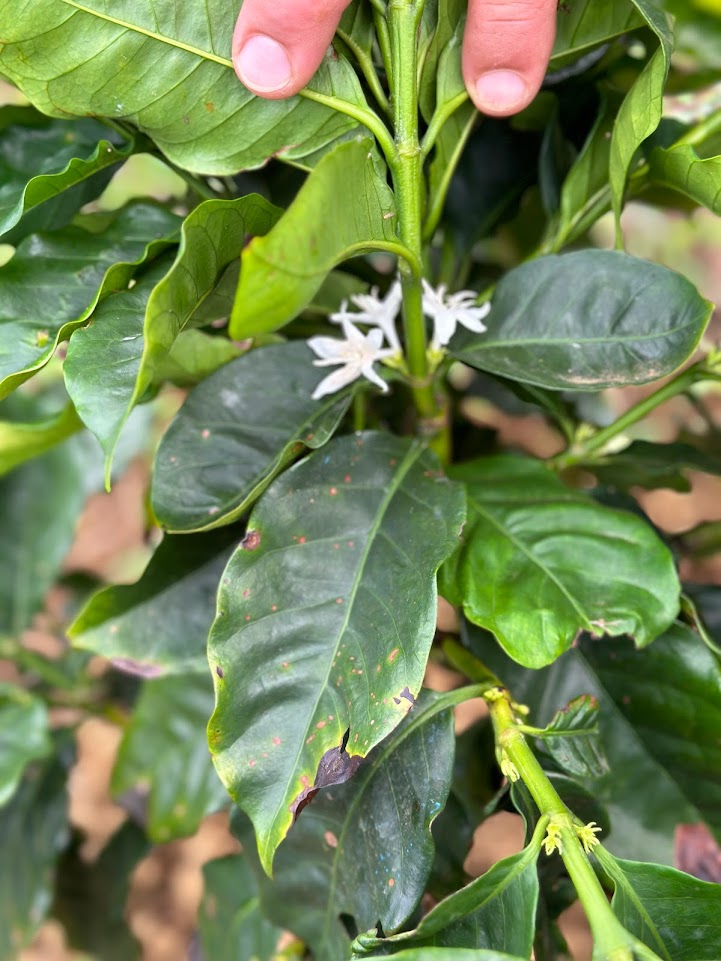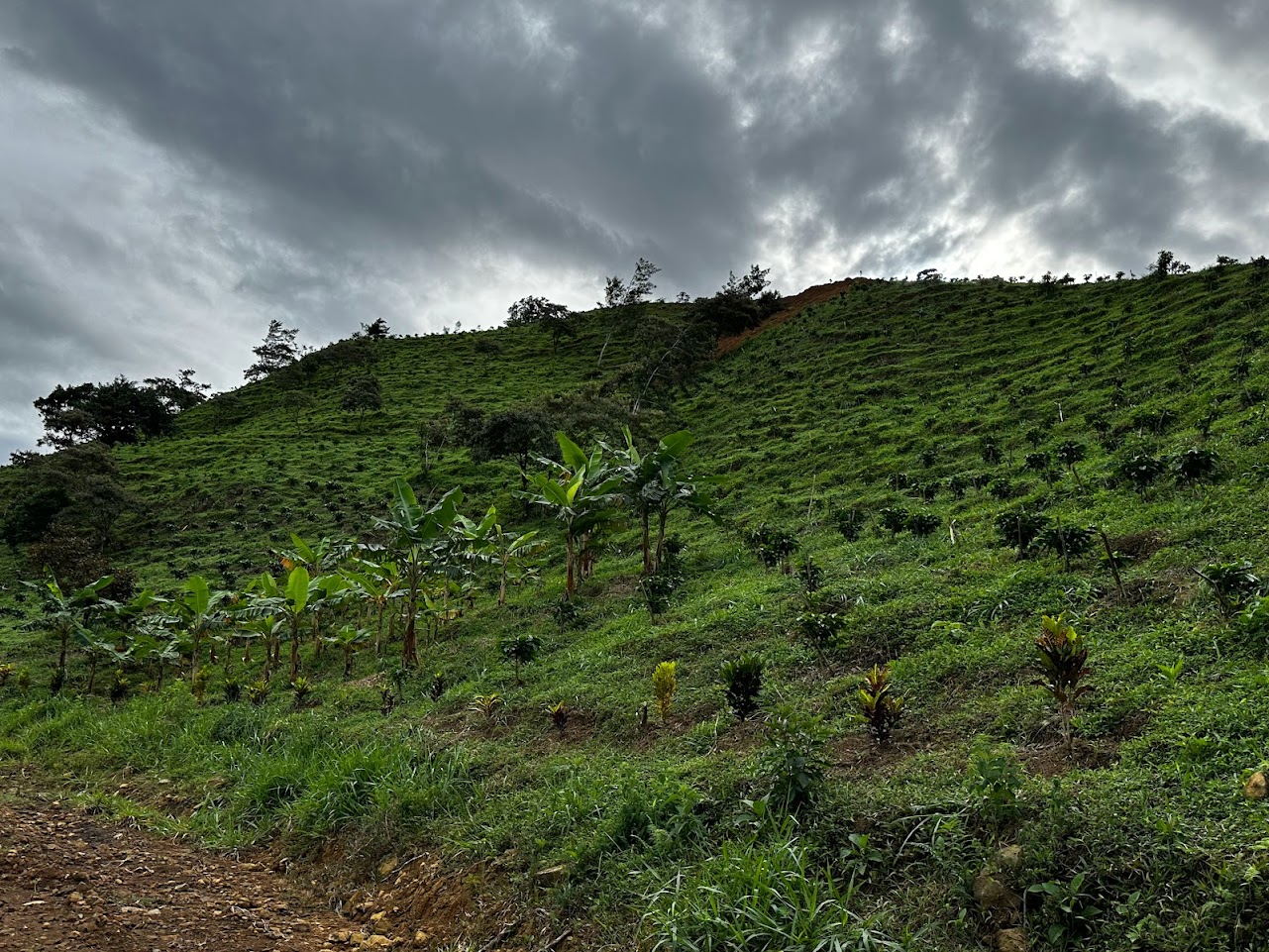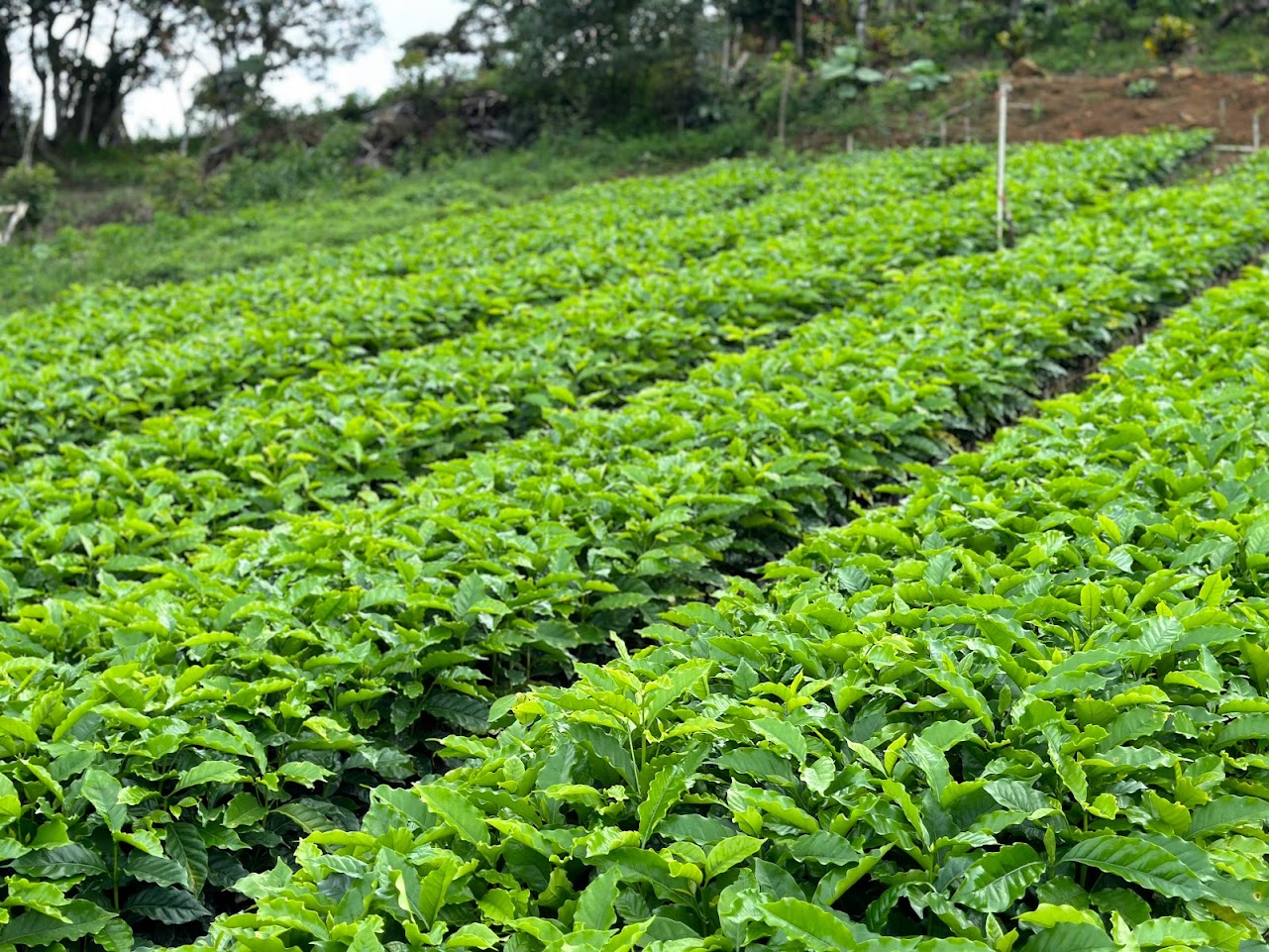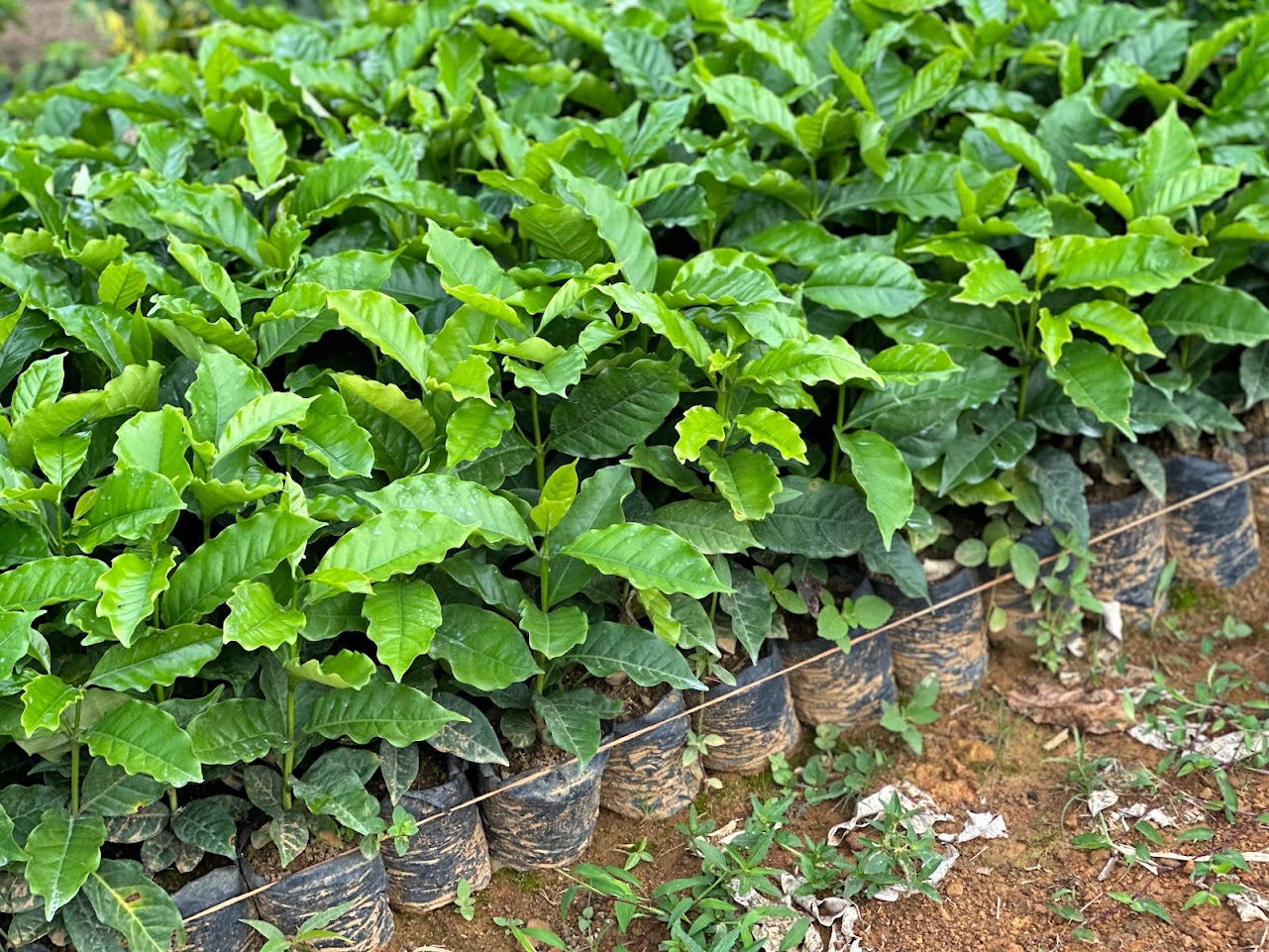Coffee bean procurement and roasting capabilities are essential aspects of the coffee industry that involve sourcing and processing green coffee beans to produce roasted coffee. Let’s explore these two processes in detail:
Coffee Bean Procurement: Coffee bean procurement refers to the process of sourcing and acquiring green coffee beans from coffee-producing regions. It involves several key steps:
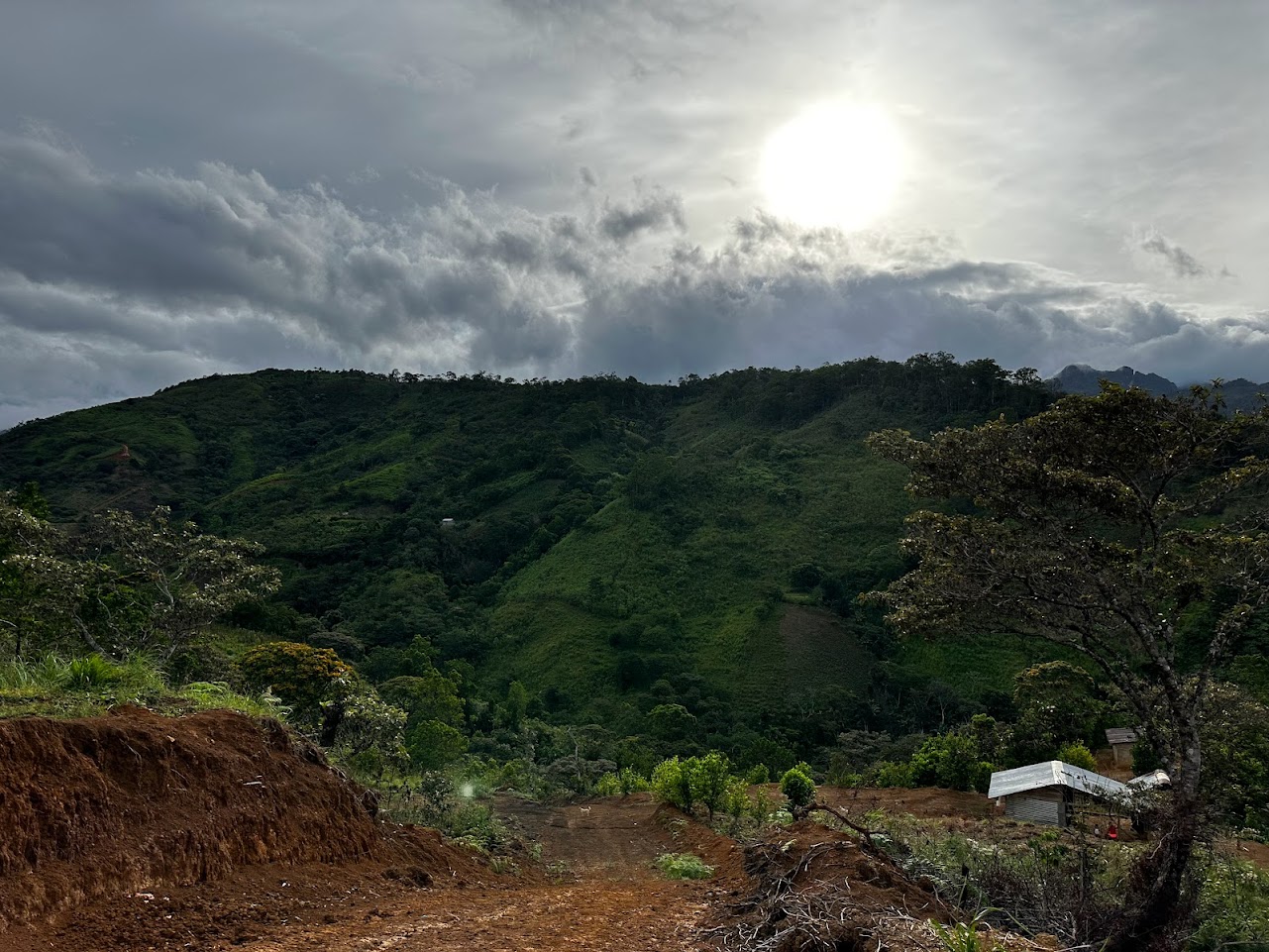
- Sourcing: Coffee roasters and companies establish relationships with coffee producers, cooperatives, or importers to obtain high-quality green coffee beans. They may directly work with farmers or rely on trusted intermediaries who ensure transparency, fair trade practices, and adherence to sustainability standards.
- Quality Assessment: Coffee professionals, such as cuppers and quality control experts, evaluate samples from different coffee lots to assess their flavor profiles, aroma, acidity, body, and overall quality. These assessments help determine the suitability of the beans for specific roasting profiles and target markets.
- Direct Trade or Import: Once the quality assessment is complete, the procurement process involves negotiating contracts, pricing, and logistics for shipping the green coffee beans to the roasting facility. Import regulations and certifications may also come into play, ensuring compliance with international trade standards and quality control.
- Traceability and Certification: Many coffee roasters prioritize traceability by maintaining records that track the origins of the green coffee beans. This helps ensure transparency in the supply chain, support sustainable practices, and provide information to consumers about the coffee’s origin, farming methods, and certifications like Fair Trade, Rainforest Alliance, or Organic.
Roasting Capabilities: Roasting is a critical process that transforms green coffee beans into the familiar brown roasted coffee that we consume. It involves applying heat to the beans, causing chemical and physical changes that develop the desired flavors and aromas. Here are the key elements of roasting capabilities:
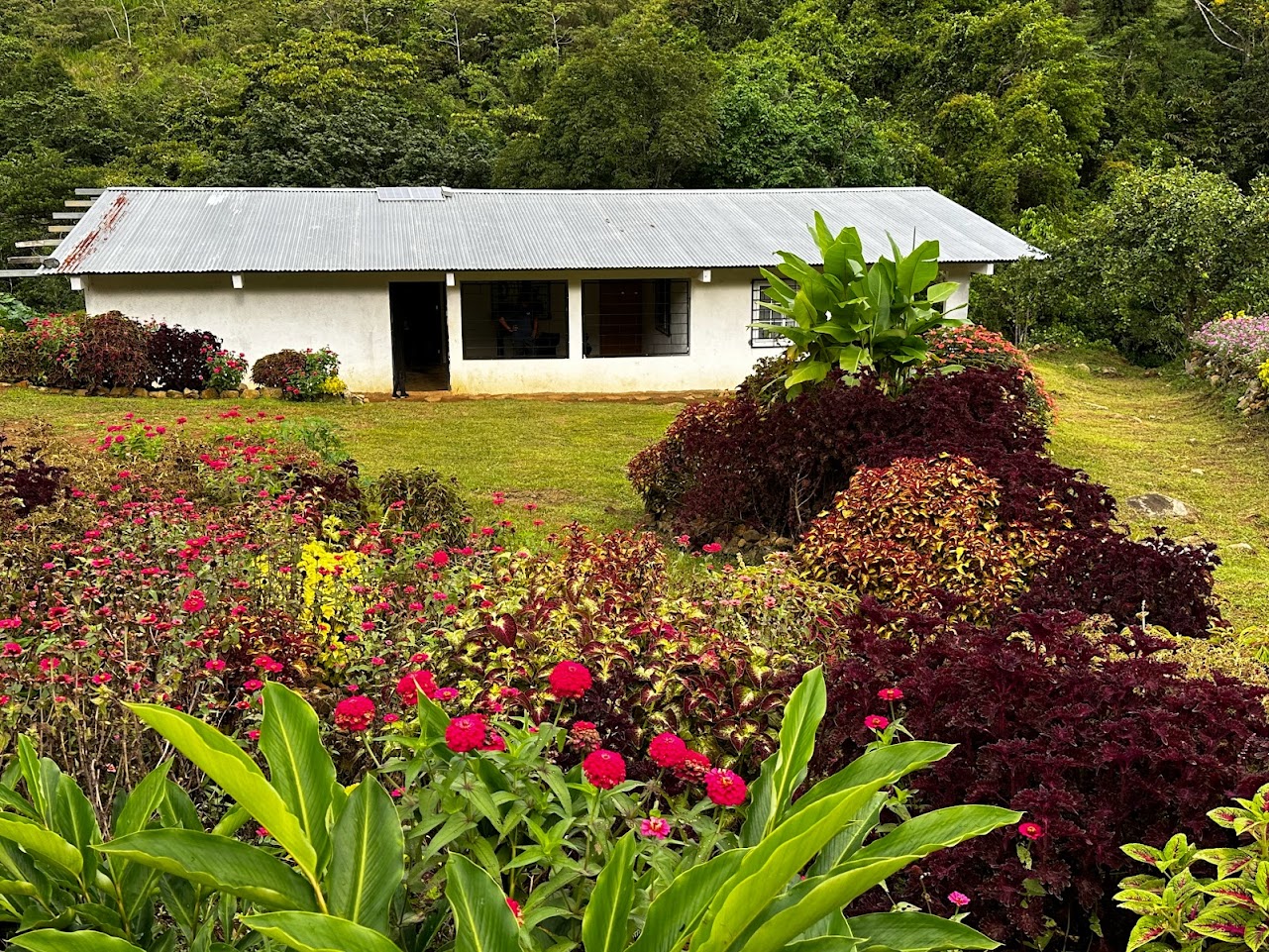
- Roasting Profiles: Roasters develop specific roasting profiles based on the characteristics of the green coffee beans and the desired flavor outcomes. The roasting process can be adjusted in terms of temperature, duration, and airflow to achieve the desired roast level, whether it’s light, medium, or dark. Each roast level imparts unique flavor profiles to the coffee.
- Roasting Equipment: Coffee roasters utilize specialized roasting equipment, such as drum roasters or fluid bed roasters, to control the temperature and roast the beans uniformly. These machines are designed to accommodate different batch sizes and provide consistent heat distribution to achieve precise roasting profiles.
- Sensory Evaluation: Throughout the roasting process, roasters rely on sensory evaluation techniques, including visual inspection, aroma analysis, and cupping (tasting), to monitor and assess the beans’ development. This helps ensure the roasted coffee meets quality standards and aligns with the desired flavor characteristics.
- Art and Science: Roasting coffee is a combination of art and science. Roasters need to understand the chemical reactions occurring during roasting and have a keen sensory perception to make informed decisions. They make adjustments to the roasting parameters based on their expertise and experience, continually fine-tuning the process to achieve the desired flavor profiles.
- Quality Control: Roasters implement rigorous quality control measures to ensure consistency and maintain the highest standards. This includes monitoring the roast color, conducting cupping sessions to assess flavor, aroma, and body, and performing regular equipment maintenance to optimize roasting performance.
- Packaging and Storage: Once the beans are roasted, they need to be appropriately packaged and stored to maintain freshness. Roasters employ various packaging methods, such as valve-sealed bags that allow the release of carbon dioxide while preventing oxygen ingress. Proper storage conditions, including temperature and humidity control, help preserve the flavor and aroma of the roasted coffee.
Overall, coffee bean procurement and roasting capabilities are vital stages in the coffee production process. These processes require expertise, attention to detail, and a deep understanding of the coffee’s characteristics to ensure the delivery of high-quality, flavorful roasted coffee to consumers.


